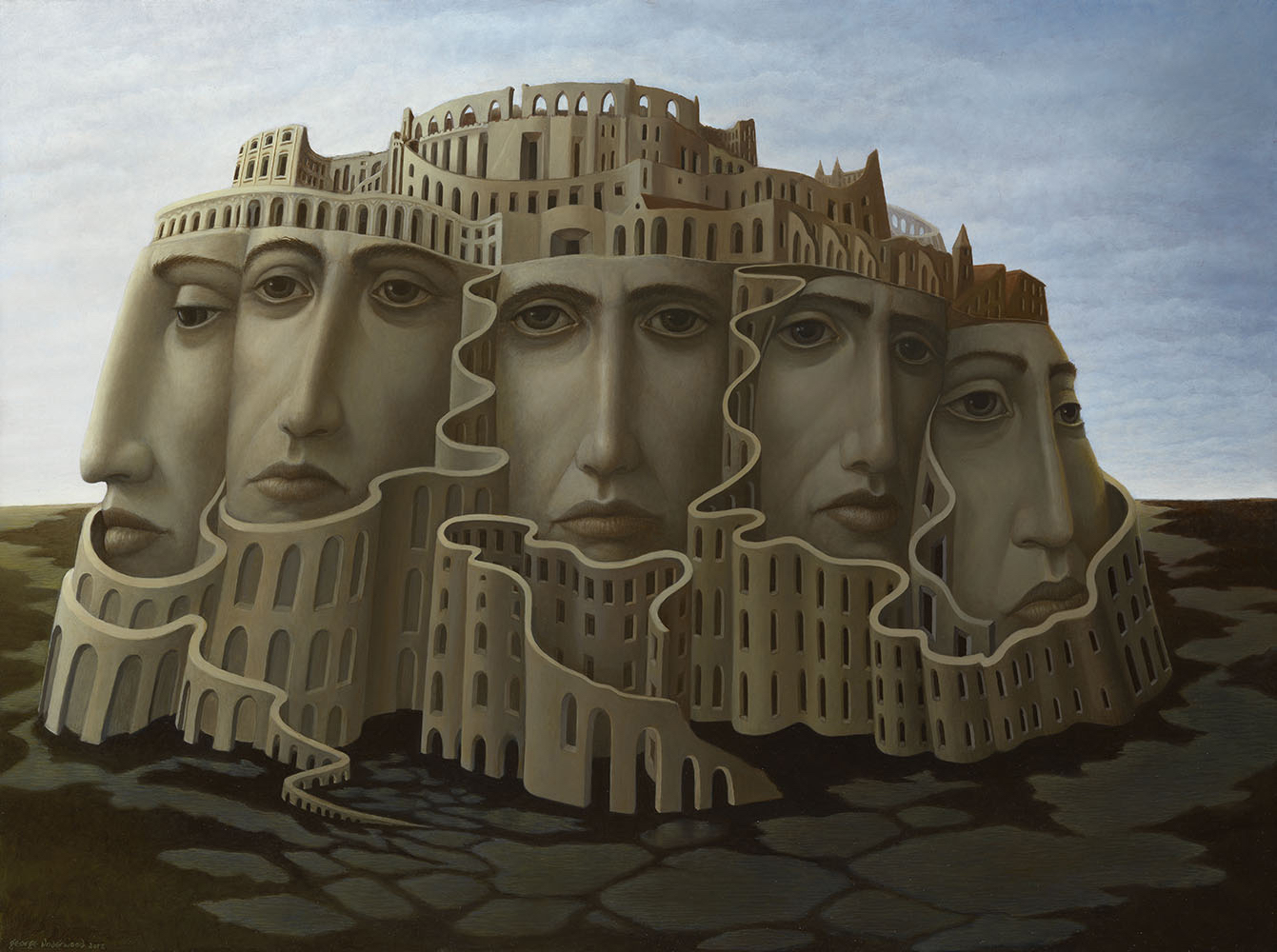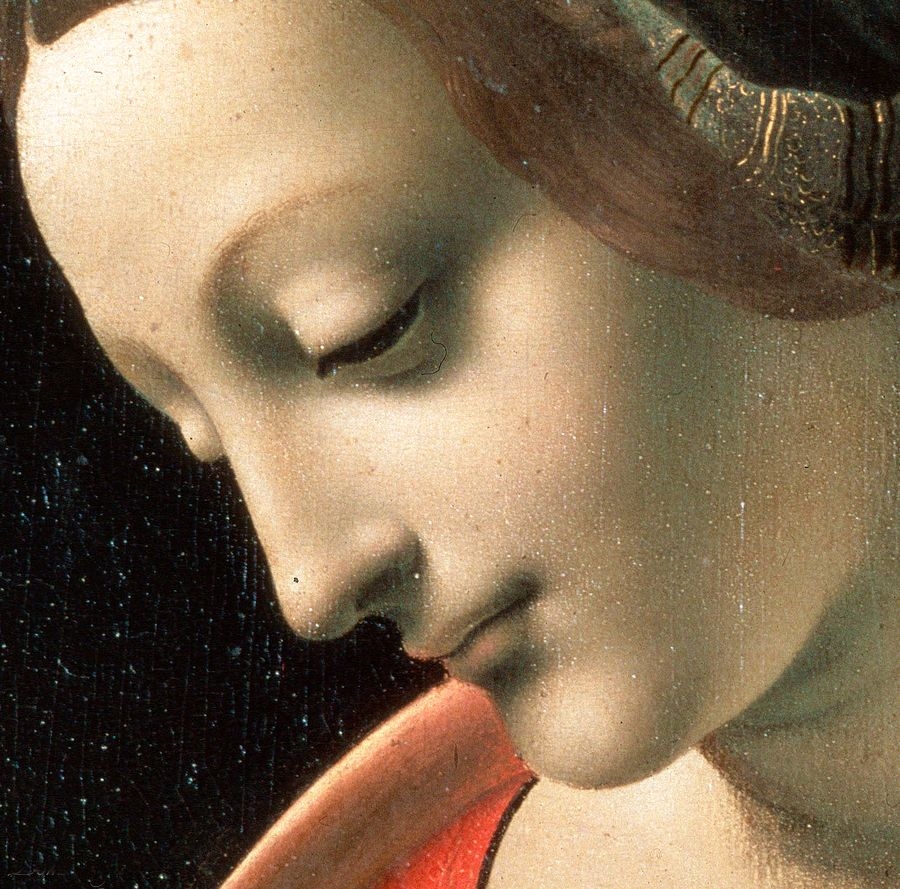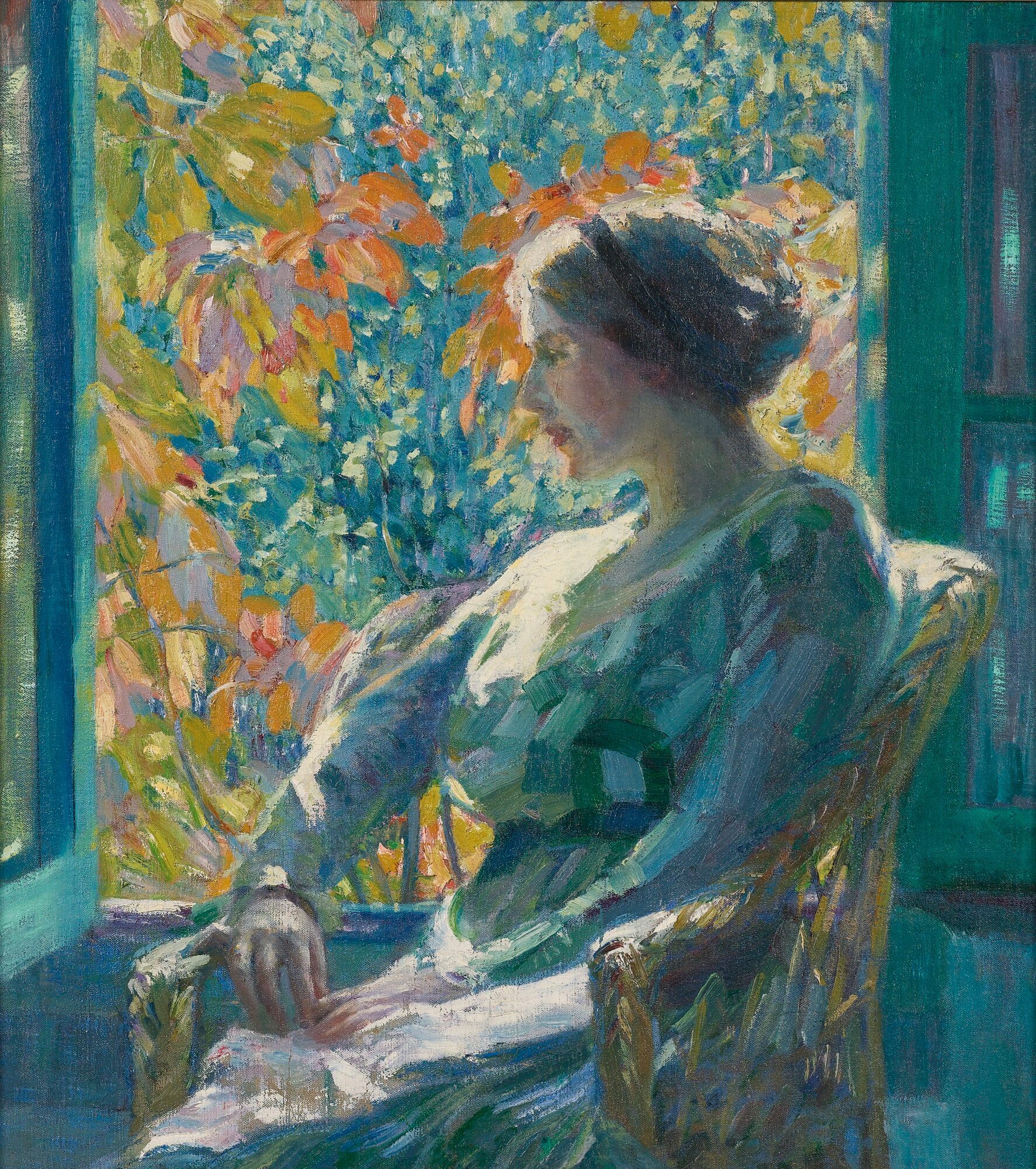Australian painter Rupert Charles Wulsten Bunny (1864-1947) was one of the most successful expatriate artists of his generation.
No other Australian artist achieved the critical acclaim that he enjoyed in Paris. An erudite painter of ideal themes, and the creator of the most ambitious Salon paintings produced by an Australian, Bunny is an exotic in the history of Australian art.
An exhibition, Rupert Bunny artist in Paris, curated by Deborah Edwards, Senior Curator of Australian Art, will honour the work of this great Australian artist.
The exhibition at the Art Gallery of New South Wales will showcase more than 85 of his most significant paintings, many unseen in Australia, including works from the Musée d’Orsay and Fonds national d’art contemporain in Paris and private lenders including Kerry Stokes, Jeffrey Archer and Dame Elisabeth Murdoch.

.jpg)
.jpg)







